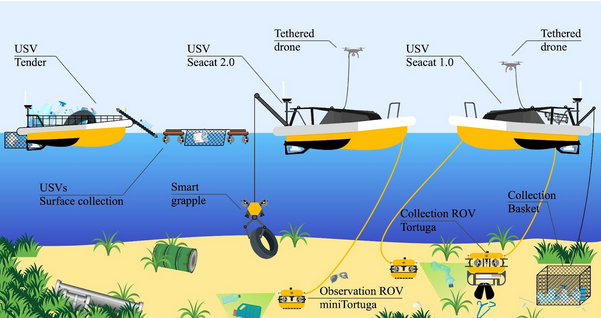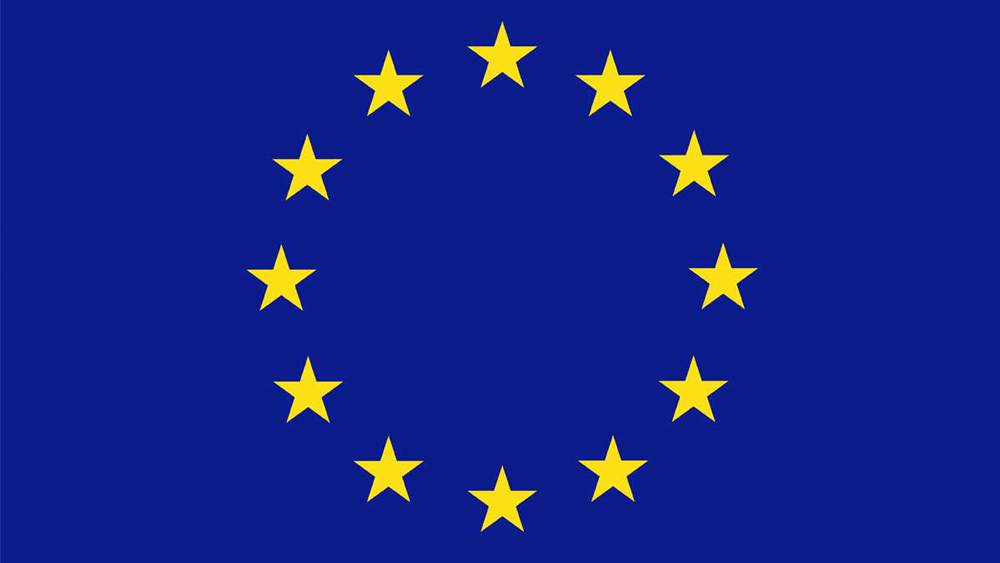EU Funds SeaClear2.0 for more underwater robots to collect heavier seafloor litter
Following the success of SeaClear1, which showed that a system of autonomous robots can detect and remove litter from the seafloor, the European Union’s Horizon Europe programme has awarded a second project, SeaClear2.0, a budget of nearly 8 million euros to extend the use of multiple robots working together to identify and collect even heavier objects from deeper seas. Starting on January 1st 2023, this 4-year project will also look at the entire chain of litter-collection, including public awareness and involvement in reducing the marine litter, as well as recycling.
Millions of tons of litter on the seabed
Today's oceans contain millions of tons of waste, 94% of which ends up on the seafloor, which makes it very difficult, expensive and often dangerous to remove. Three years ago, a consortium of European researchers launched the first ever robotic system designed to autonomously search for, identify and collect seafloor litter and with one year to go, SeaClear1 has already proved that it is not only possible to use robots to locate and identify litter on the seabed, but also collect and remove it.
Says project co-ordinator, Prof. Bart De Schutter of the 3mE Faculty of TU Delft: “With SeaClear1, we have been able to achieve the design of two components – an exploration robot, which can not only detect litter but differentiate it from fish and other creatures, and a collection robot, which moves to the location of the litter and using a gripper, picks it up and takes to the collection basket.”
A fleet of smart robots
The new project, SeaClear2.0 will launch a fleet of smart robots, heavily upgraded for automated litter collection that can go deeper, lift heavier waste such as tyres and concrete blocks, and also tackle surface litter.
Comprised of 13 partners from nine countries, SeaClear2.0 will be able to draw on a broad range of expertise in public-engagement, policy-making, robotic perception and control, artificial intelligence, marine and diving technology, and litter-sorting and recycling.
TU Delft as coordinator of SeaClear2.0
As the coordinating organisation, TU Delft will play three main roles in SeaClear2: namely management of the entire project; multi-sensor litter detection using multiple sensors, cameras, video, sonar and magnetic detectors to classify litter; and co-ordination of multiple robots. “You have to make sure that the multiple robots are not interfering with each other,” explains De Schutter. “As the underwater vessels are connected by cables to the mothership, you have to make sure they don’t become entangled yet can completely cover the entire sea-bed and detect and collect all of the trash; so that’s our third aim, the coordination of the robotic team.”




